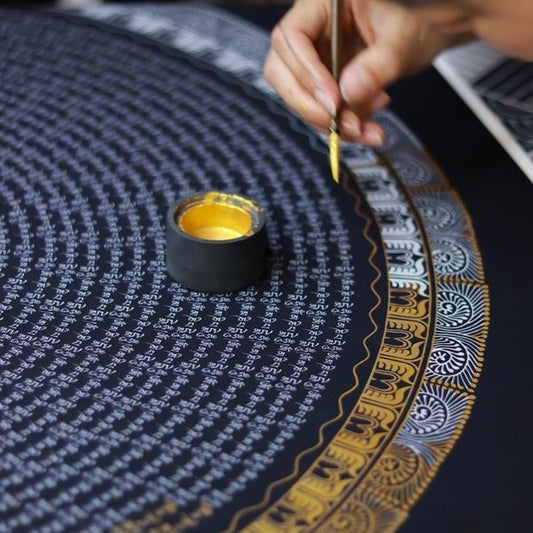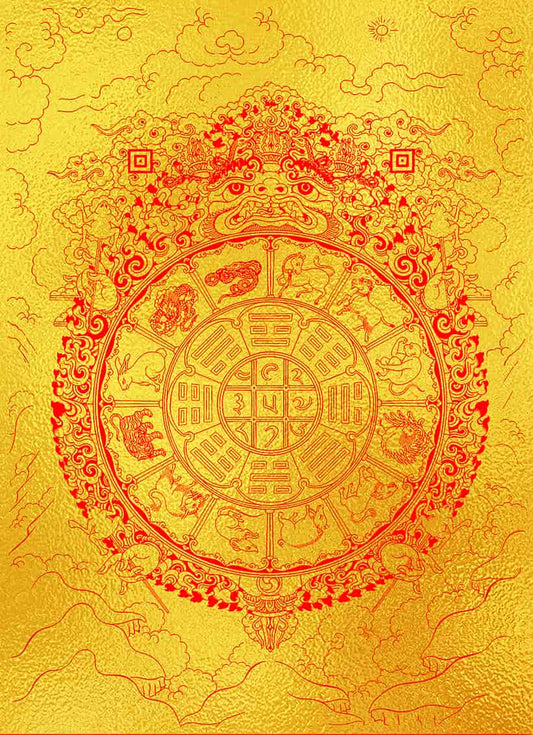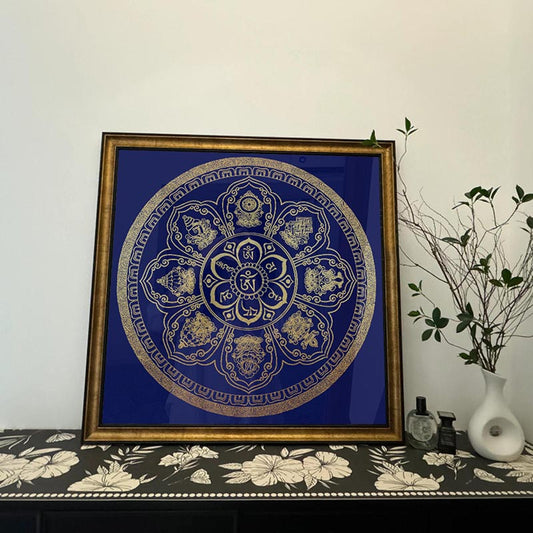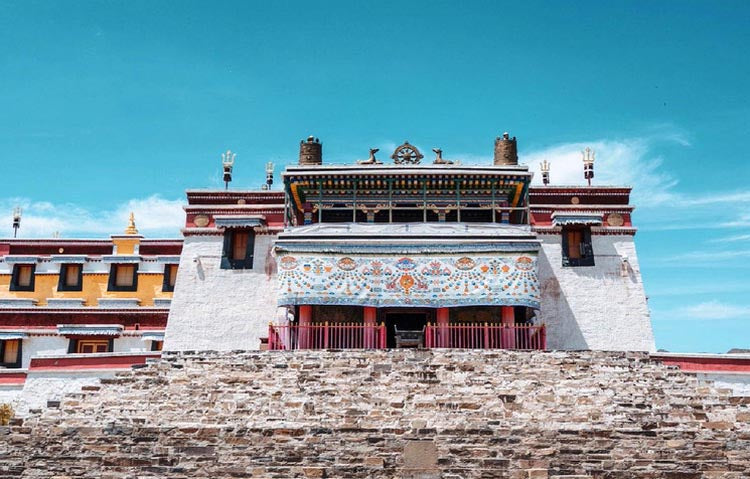Mahakala Thangka Guardian of Wisdom and Wrath
Mahakala Thangka Guardian of Wisdom and Wrath
In the flickering light of a butter lamp, a Mahakala thangka buzzes with life. For those unfamiliar, Mahakala may appear daunting with his fiery expression and multiple arms, each clutching a symbolic tool. Yet, within this chaos lies an ordered universe of profound meaning and artistry, a testament to the depth of Tibetan thangka painting.
Let's delve into the pigments that breathe life into these vibrant scrolls. Traditionally, thangka painters use minerals and plants to create a palette that feels alive, luminous yet earthy. Lapis lazuli, malachite, and cinnabar are painstakingly ground to fine powders, then mixed with yak skin glue. This laborious process is not merely about aesthetics; it's a ritual, an act of devotion that honors both the artistic process and the deities depicted. The rich, deep blues and striking reds don't fade with time—they hold stories, echoing the hues of the high-altitude Tibetan plateaus.
At the heart of the Mahakala thangka is the embodiment of wrathful compassion. Mahakala is a protector deity, a fierce manifestation of the Buddha's indomitable resolve to aid beings in their spiritual path. His ferocity is not born of anger, but of a deep, parental care to shield and guide. In the Western context, protection often wears softer attire, but Tibetan Buddhism embraces intensity as a means of cutting through ignorance. The thangka captures this duality, a dance between fearsome power and benevolent guidance.
Historically, Mahakala's journey to Tibet is as intricate as the brocade borders of his thangka. Originating from the Indian subcontinent, he traversed the Himalayas into Tibet around the 8th century, woven into the fabric of Tibetan Buddhism by Padmasambhava, the revered tantric master. Each thangka is a whisper of this ancient transmission, reflecting both the continuity of tradition and the creativity of the artist. It’s a reminder of how cultures share and transform spiritual archetypes.
Observing a Mahakala thangka in progress is witnessing a convergence of spirit and skill. thangka artists, or ‘lhakpa’, train for years under the tutelage of seasoned masters, honing not only their brush techniques but also their spiritual understanding. Every brushstroke is a meditation, a gesture of sacred geometry that aspires to embody the deity’s essence. It’s a slow, patient craft that contrasts sharply with our digital age’s rapid pace, inviting us to pause and reflect on the layers of meaning contained within.
In the quiet presence of Mahakala, one finds a paradoxical sense of peace and urgency—a call to engage deeply with the often overlooked shadows of our lives. Wrathful though he may seem, Mahakala invites us to embrace the complexity of protection that stands guard over wisdom and compassion. It's not just about art; it's about understanding the deeper currents of life that these vibrant thangkas seek to convey. After all, the most formidable guardians are sometimes the ones that teach us to look beyond appearances.





